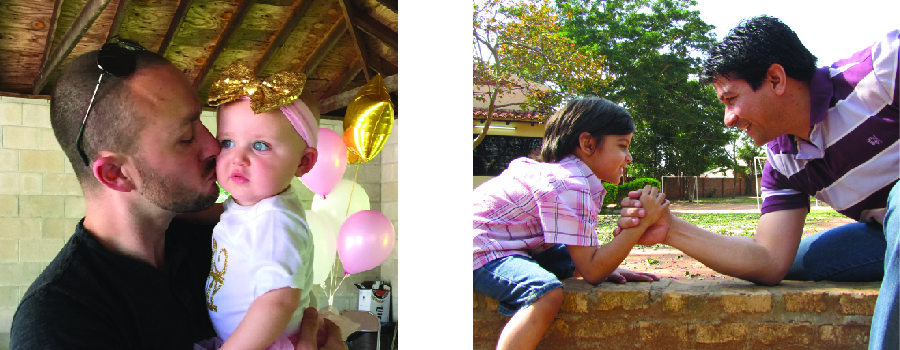| << Chapter < Page | Chapter >> Page > |
Contact transmission includes direct contact or indirect contact. Person-to-person transmission is a form of direct contact transmission . Here the agent is transmitted by physical contact between two individuals ( [link] ) through actions such as touching, kissing, sexual intercourse, or droplet sprays . Direct contact can be categorized as vertical, horizontal, or droplet transmission. Vertical direct contact transmission occurs when pathogens are transmitted from mother to child during pregnancy, birth, or breastfeeding. Other kinds of direct contact transmission are called horizontal direct contact transmission . Often, contact between mucous membranes is required for entry of the pathogen into the new host, although skin-to-skin contact can lead to mucous membrane contact if the new host subsequently touches a mucous membrane. Contact transmission may also be site-specific; for example, some diseases can be transmitted by sexual contact but not by other forms of contact.
When an individual coughs or sneezes, small droplets of mucus that may contain pathogens are ejected. This leads to direct droplet transmission , which refers to droplet transmission of a pathogen to a new host over distances of one meter or less. A wide variety of diseases are transmitted by droplets, including influenza and many forms of pneumonia . Transmission over distances greater than one meter is called airborne transmission .
Indirect contact transmission involves inanimate objects called fomites that become contaminated by pathogens from an infected individual or reservoir ( [link] ). For example, an individual with the common cold may sneeze, causing droplets to land on a fomite such as a tablecloth or carpet, or the individual may wipe her nose and then transfer mucus to a fomite such as a doorknob or towel. Transmission occurs indirectly when a new susceptible host later touches the fomite and transfers the contaminated material to a susceptible portal of entry. Fomites can also include objects used in clinical settings that are not properly sterilized, such as syringes, needles, catheters, and surgical equipment. Pathogens transmitted indirectly via such fomites are a major cause of healthcare-associated infections (see Controlling Microbial Growth ).


The term vehicle transmission refers to the transmission of pathogens through vehicles such as water, food, and air. Water contamination through poor sanitation methods leads to waterborne transmission of disease. Waterborne disease remains a serious problem in many regions throughout the world. The World Health Organization (WHO) estimates that contaminated drinking water is responsible for more than 500,000 deaths each year. World Health Organization. Fact sheet No. 391 —Drinking Water. June 2005. http://www.who.int/mediacentre/factsheets/fs391/en. Similarly, food contaminated through poor handling or storage can lead to foodborne transmission of disease ( [link] ).

Notification Switch
Would you like to follow the 'Microbiology' conversation and receive update notifications?